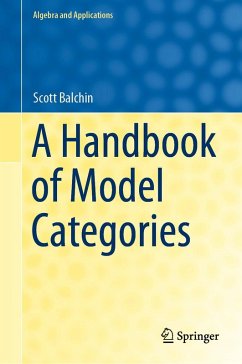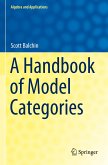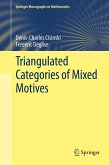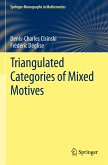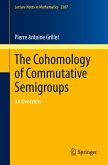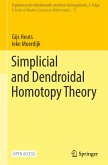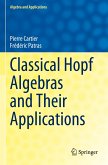This book outlines a vast array of techniques and methods regarding model categories, without focussing on the intricacies of the proofs. Quillen model categories are a fundamental tool for the understanding of homotopy theory. While many introductions to model categories fall back on the same handful of canonical examples, the present book highlights a large, self-contained collection of other examples which appear throughout the literature. In particular, it collects a highly scattered literature into a single volume.
The book is aimed at anyone who uses, or is interested in using, model categories to study homotopy theory. It is written in such a way that it can be used as a reference guide for those who are already experts in the field. However, it can also be used as an introduction to the theory for novices.
The book is aimed at anyone who uses, or is interested in using, model categories to study homotopy theory. It is written in such a way that it can be used as a reference guide for those who are already experts in the field. However, it can also be used as an introduction to the theory for novices.
"This book is a catalog of definitions, theorems, examples and counterexamples in model categories. ... It is written both for beginners in this area of mathematics and for advanced researchers. In this book, the beginner will find an overview of the results in this area without being overwhelmed by technical details. The advanced researcher will be interested in having so many theorems and examples and counterexamples gathered in the same place." (Philippe Gaucher, Mathematical Reviews, November, 2022)
"This book is well-written and divided into eighteen chapters ... . it can be said that this book will be one of the cult books about model categories in the literature, with its rich, diverse and current examples." (Haydar Can Kaya, zbMATH 1486.18001, 2022)
"This book is well-written and divided into eighteen chapters ... . it can be said that this book will be one of the cult books about model categories in the literature, with its rich, diverse and current examples." (Haydar Can Kaya, zbMATH 1486.18001, 2022)

